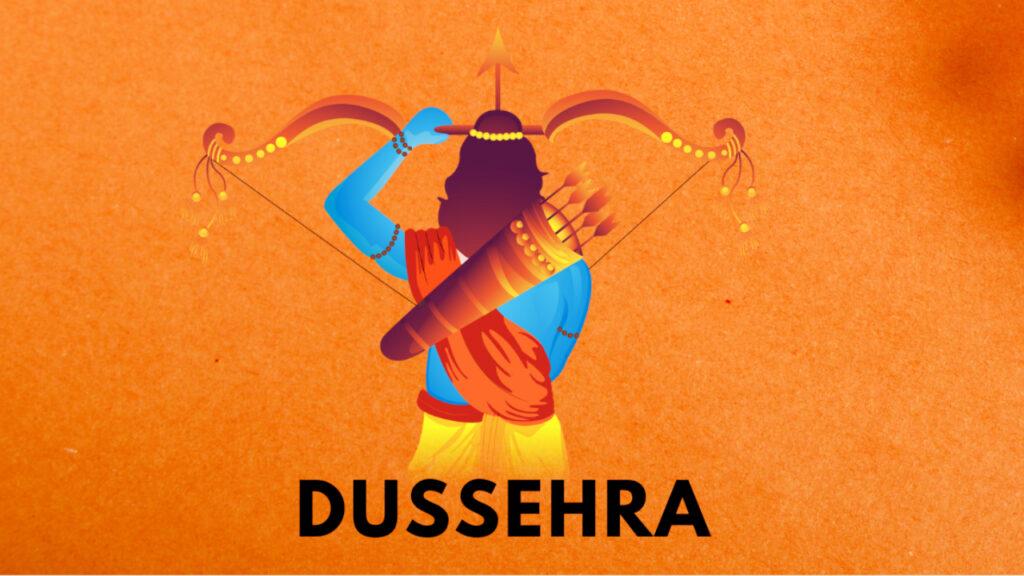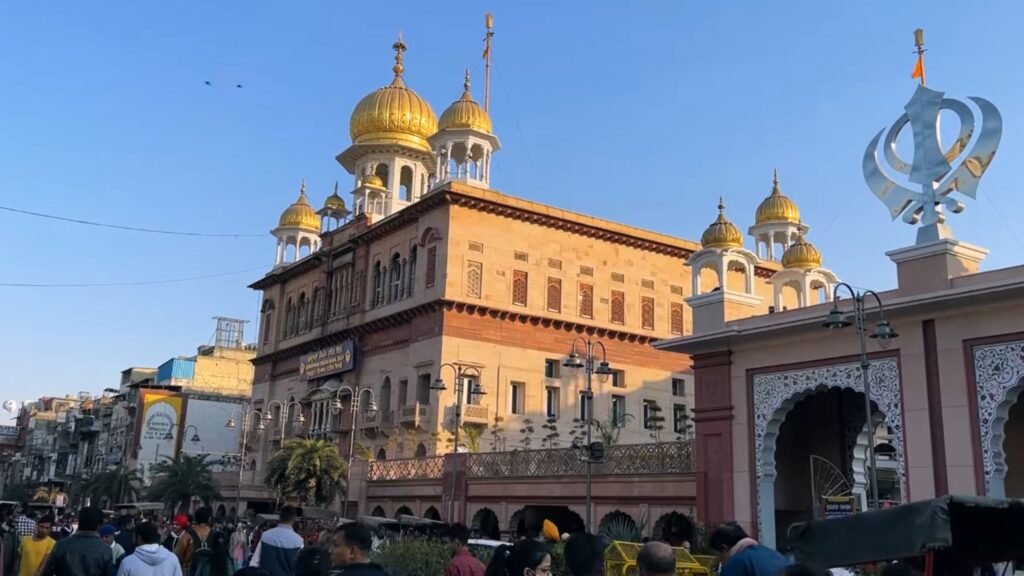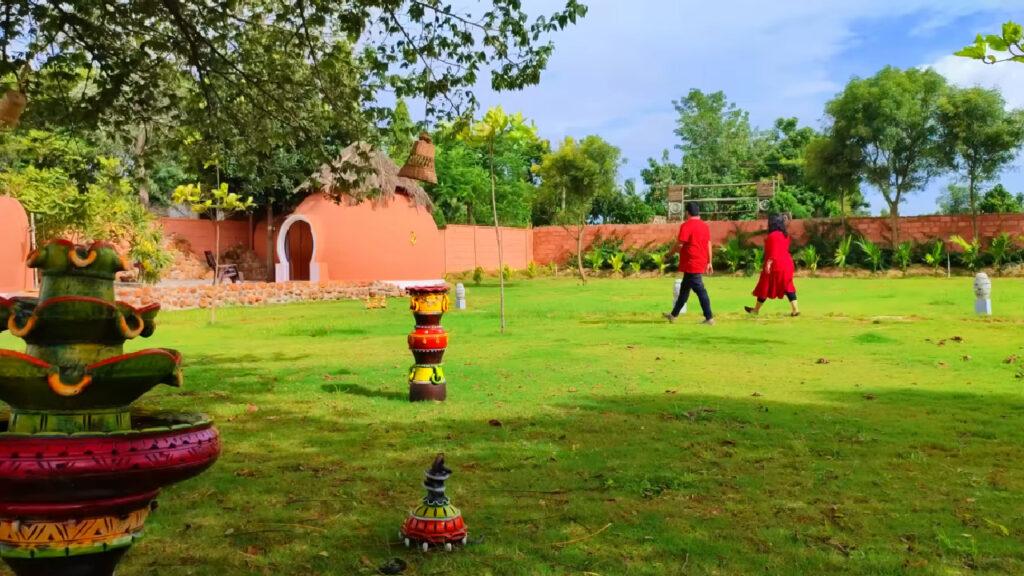Dussehra, also known as Vijayadashami, is a significant Hindu festival that symbolizes the victory of good over evil. Celebrated on the tenth day after the nine nights of Navratri, it marks the culmination of a vibrant period of festivities filled with devotion, dancing, and cultural expressions. Dussehra in 2024, it’s important to delve deeper into the true essence of this celebration and its meanings.
Significance of Dussehra
Dussehra as a cultural festival that carries profound meanings for all. Traditionally, Dussehra commemorates the victory of Goddess Durga over the buffalo demon, Mahishasura, representing the triumph of righteousness and the destruction of evil forces. Celebration is not just confined to the victory of a goddess; it embodies the universal theme of overcoming adversity and darkness within ourselves and society.
Nine Nights of Navratri
Navratri, preceding Dussehra, is a festival dedicated to the divine feminine, featuring nine nights of worship, fasting, and rituals in honor of different aspects of the goddess. Each of these nights is associated with a distinct quality represented by the deities:
- Tamas (First Three Days): Fierce aspect of the goddess, symbolized by Durga and Kali, focuses on removing negativity and combating ignorance.
- Rajas (Next Three Days): Nurturing aspect of goddess Lakshmi, emphasizing prosperity and material abundance.
- Sattva (Last Three Days): Knowledge and enlightenment represented by Saraswati, leading to spiritual growth and wisdom.
Each phase offers unique strengths and virtues that contribute to our personal development and understanding of life.
Vijayadashami – The Day of Victory
Day following Navratri, Vijayadashami, signifies triumph beyond just individual qualities – it signifies the victory of the self over the three gunas (tamas, rajas, and sattva). It’s a time to reflect on how we can harness these energies without becoming entangled in them. Realization is about transcending power struggles and seeking liberation – a deeper existence where we can navigate life’s complexities with clarity.
Message of Reverence
Dussehra also calls for reverence towards everything that contributes to our lives – our bodies, minds, the environment, and even our relationships. Attitude of gratitude fosters an environment where success is not merely about achievements but about understanding one’s place within the larger cosmos. Devotion to these elements aids in creating harmony in our lives, helping us to navigate toward our goals with a focused mind and an open heart.
Cultural Vibrance and Community Connection
Historically, Dussehra has been a time of community celebration, marked by grand festivities that encourage unity among diverse groups. Traditional dances, music, and gatherings create an atmosphere of joy and bonding.
FAQs
What is Dussehra (Vijayadashami)?
Dussehra, also known as Vijayadashami, is a major Hindu festival that celebrates the victory of good over evil. It marks the end of Navratri and Durga Puja and is observed on the tenth day of the Hindu month of Ashwin, which usually falls in September or October.
Why is Dussehra celebrated?
Dussehra is celebrated to commemorate the victory of Lord Rama over the demon king Ravana, symbolizing the triumph of good over evil. In some regions, it also marks the victory of Goddess Durga over the buffalo demon Mahishasura.
What are the main rituals of Dussehra?
Main rituals of Dussehra include:
- Ramlila: Dramatic enactments of the life of Lord Rama, culminating in the burning of effigies of Ravana, Meghnath, and Kumbhakarna.
- Durga Visarjan: In regions where Durga Puja is celebrated, idols of Goddess Durga are immersed in water bodies.
- Shami Puja: Worship of the Shami tree, which is believed to have been used by the Pandavas to hide their weapons during their exile.
What is the significance of burning Ravana’s effigy?
Burning the effigy of Ravana symbolizes the destruction of evil and the victory of good. It serves as a reminder that righteousness and virtue will always prevail over wickedness and immorality.
How is Dussehra celebrated in different regions of India?
- North India: Festival is marked by Ramlila performances and the burning of Ravana’s effigies.
- West Bengal: It coincides with the immersion of Durga idols after Durga Puja.
- Mysore: Known for its grand procession and the illumination of the Mysore Palace.
- Kullu: Celebrated with a week-long fair and cultural events.
What is the story behind Dussehra?
Story behind Dussehra varies by region:
- Lord Rama’s Victory: In most parts of India, it celebrates Lord Rama’s victory over Ravana, as described in the epic Ramayana.
- Goddess Durga’s Victory: In eastern India, it marks the victory of Goddess Durga over the demon Mahishasura after nine nights of battle.
What is the connection between Dussehra and Diwali?
Dussehra marks the end of Navratri and the beginning of preparations for Diwali, which is celebrated 20 days later. To the Ramayana, Lord Rama returned to Ayodhya on Diwali after defeating Ravana and completing his 14-year exile.
Are there any special foods associated with Dussehra?
Yes, different regions have their own special foods for Dussehra. In North India, sweets like jalebi and kheer are popular. In Karnataka, a special dish called “Obbattu” or “Holige” is prepared.
Can people of other religions participate in Dussehra celebrations?
Yes, Dussehra is a cultural festival that welcomes participation from people of all religions. Themes of good triumphing over evil and the celebration of cultural heritage resonate universally.
Let this Dussehra be a reminder of the enduring power of good, the beauty of community, and the importance of reverence and gratitude in our lives. Celebrate with open hearts and joyous spirits!










